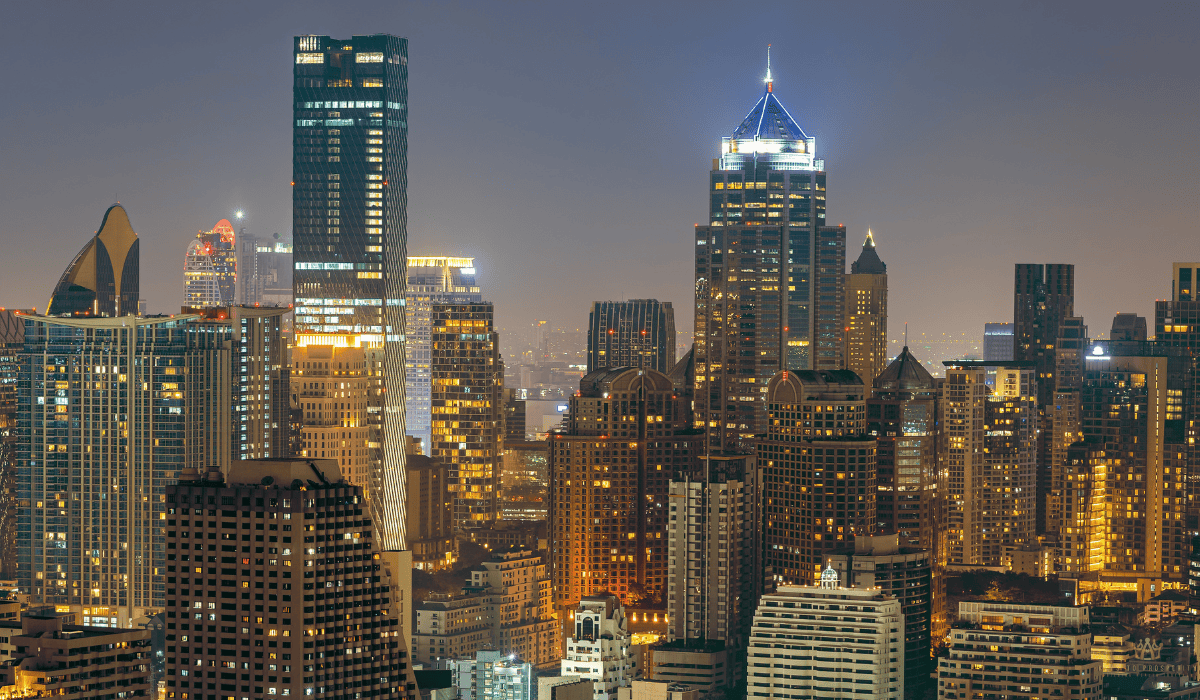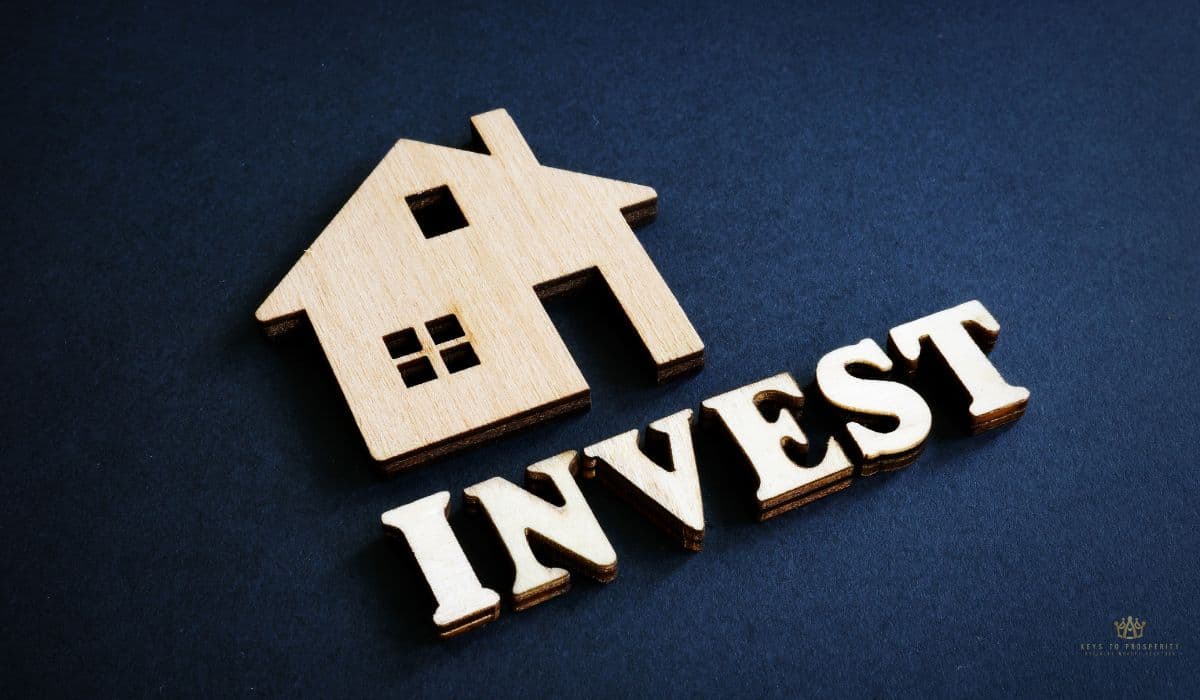Industrial rents keep climbing and so does investor interest. Average in-place rents for industrial space hit $8.44 per square foot in March 2025, marking a 6.7% increase year-over-year. In hot markets like New Jersey, growth spiked past 11%.
Even with that surge, national vacancy rates remain low, signaling one thing loud and clear: modern, efficient industrial space is still in high demand.
From our experience working with asset managers and property owners, staying competitive means keeping up with what modern tenants actually want: tech-forward buildings, sustainability features, and flexibility built into the layout.
That’s where industrial property value-add modernization becomes a game-changer. This article is built for commercial real estate investors, developers, and lenders who want to stay ahead of shifting demands.
You’ll walk away with clear, actionable strategies to boost property value, lower operational costs, and attract high-quality tenants in 2025 and beyond.
We recently covered a repositioning strategy for retail properties, but industrial assets require a more operational, logistics-focused approach.
For those following our full value-add commercial real estate strategy, this is the next step in optimizing performance across asset classes.
Let’s start!
Short Summary
- Industrial property value-add modernization strategies focus on improving older assets to meet today’s tenant expectations and market demand.
- In 2025, industrial rents are up and vacancies remain historically low, creating strong opportunities for owners.
- Key strategies include smart building technologies, sustainable materials, and infrastructure upgrades that support logistics and energy efficiency.
- Strategic renovations such as HVAC upgrades and flexible layouts can boost operational efficiency and reduce long-term costs.
- Future-ready properties with biophilic design, cold storage capabilities, and tenant-focused amenities help attract higher-quality, long-term tenants.
Understanding Industrial Property Value-Add Modernization In Today’s Market
This type of modernization is a smart play right now, especially if you’re working with aging commercial buildings that just aren’t cutting it anymore. But what makes value-add in the industrial space unique?
Mainly, it’s hands-on nature. Mind you, it’s not just about aesthetics. As many industry experts say, it’s optimizing logistics, tech, and operations to align with how distribution facilities and e-commerce distribution centers function today.
What Makes Industrial Value-Add Different
In commercial real estate, upgrading a retail center might mean a new facade and updated signage. But in industrial, you’re talking about reworking infrastructure, enhancing operational efficiency, and improving climate control systems, and other examples of advanced technology.
For instance, many teams prioritize installing smart building technologies that automate loading dock schedules and access control. That kind of upgrade not only boosts tenant productivity but appeals to potential tenants looking for higher quality buildings.
These technologies certainly create a more welcoming environment for tenants, that’s for sure.
The 2025 Market Snapshot
As of Q1 2025, industrial real estate demand continues to rise, especially in last-mile hubs. Markets across the largest markets in the U.S. are showing low vacancies, meaning there’s opportunity for property owners to reposition and fill gaps fast.
Think e-commerce, cold storage requirements, and final-mile logistics, all are fueling a need for upgraded space.
One example involves a small logistics facility that modernized with cloud-based management tools and better HVAC systems. Within months, occupancy jumped, and the property value spiked by 14%.
What Modern Tenants Expect
Modern tenants are choosy. They want:
- Fast internet and automation-ready systems
- Sustainable practices and sustainable materials
- Layouts that support quick fulfillment
They also look for energy efficiency upgrades that reduce operational costs. That’s not just nice to have. It’s table stakes now.
How Modernization Affects Market Value
Not every upgrade brings the same return. A basic retrofit might help meet code, but deeper renovations, like adding biophilic design elements or flexible interiors, tend to drive the biggest market value gains.
Smart value-add commercial real estate strategy in the industrial sector comes down to knowing which upgrades deliver the most long-term upside with the least disruption.
5 High-Impact Modernization Strategies For Industrial Property Value-Add
When you’re aiming to boost industrial modernization, the right upgrades make all the difference. What’s important is choosing improvements that tenants actually care about, and that help the property stay competitive in a fast-changing market.
1. Smart Building Technologies
Smart tech isn’t just for offices anymore. In industrial buildings, it’s used to monitor energy usage, manage access, and tighten up security.
- Tools like automated gate controls and remote video monitoring add convenience and safety.
- For example, imagine a facility adding smart lighting and motion sensors; those upgrades often reduce utility costs and enhance facility management.
- These tools can also flag maintenance issues before they become big problems, saving owners real money.
2. Energy-Efficient Infrastructure
Older existing warehouses usually lack modern climate control systems. Updating these boosts both comfort and operational efficiency.
- Replacing outdated HVAC with high-efficiency models pays off fast, especially for distribution facilities running around the clock.
- Think of a building in a hot zone that swaps in cool roofing systems. Tenants save on energy, and vacancy time drops.
- These improvements also contribute to sustainable practices, making the property more appealing.
3. Sustainable Materials And Design
Environmentally conscious tenants are growing in number, and they’re actively seeking sustainable materials and LEED-certified properties.
- Recycled steel, low-VOC paint, and solar-ready rooftops check that box.
- An example: a property owner integrated rainwater reuse systems and saw interest from national logistics firms rise sharply.
- Sustainability is good PR; it’s a value driver.
4. Vertical And Spatial Optimization
Space constraints? No problem. Vertical expansions and reconfiguring floor plans can unlock unused square footage.
- Adding mezzanine levels or adjustable racking systems allows tenants to do more with less.
- One idea: a property restructured its layout to support robotics. That change alone increased lease rates by 12%.
5. Tech Infrastructure For E-Commerce
E-commerce distribution centers depend on strong digital backbones. Poor technology infrastructure can be a dealbreaker.
- Upgrades like fiber-optic cabling, 5G integration, and cloud-based management systems keep properties relevant.
- Some facilities even offer on-site IT hubs to attract high-volume operators.
All five of these strategies support a stronger value-add commercial real estate strategy by making industrial assets more functional, efficient, and tenant-friendly.
Enhancing Operational Efficiency Through Strategic Renovations
Boosting operational efficiency helps lower expenses, and attract and retain tenants who demand more from their commercial spaces. Strategic upgrades help reduce friction, increase adaptability, support rapid growth, and future-proof your investment. Here are a few ways property owners are making it happen:
Building System Upgrades That Pay Off
Outdated HVAC systems are expensive to run and unreliable.
- Replacing them with modern, energy-efficient models can cut utility costs significantly.
- A property that updates its building systems often sees a boost in tenant satisfaction, not to mention fewer maintenance calls.
- Better temperature control also supports productivity inside industrial workspaces.
Final Mile Distribution Features
With e-commerce logistics exploding, proximity and layout matter more than ever.
- Properties that create final mile distribution solutions, like staging areas, wider truck courts, or delivery lockers, gain a real edge and make their supply chains smoother.
- For instance, imagine a facility redesigns its loading zone to allow for 24/7 parcel access. That could make it ideal for urban distributors, right?
- Tenants want locations that help them move products quickly and reliably.
Flexible Layouts For Versatility
One-size-fits-all floor plans are out. Tenants now want flexible layouts that adjust to their needs.
- Removable wall systems, multi-tenant divisions, and modular spaces all allow for future adaptability.
- In one case, a property built out a cross-dock option that allowed dual logistics firms to co-occupy the space.
- This kind of flexibility also reduces downtime between leases.
Tech Integration To Streamline Workflows
Advanced tech keeps industrial properties running smoothly behind the scenes.
- Think digital inventory tracking, automation support, and smart meter systems.
- A building wired for tech can support multiple tenant operations with minimal retrofitting.
- This directly impacts tenant productivity, which in turn supports longer leases.
Energy Efficiency That Adds Real Value
Smart energy upgrades help owners trim costs while raising property appeal.
- Examples include LED lighting, motion sensors, solar panels, and improved insulation.
- These energy efficiency improvements don’t just reduce bills; they boost overall property value.
Each of these upgrades contributes to your modernization goals while keeping your space attractive and efficient.
Attracting High-Quality Tenants With Future-Ready Industrial Spaces
Landlords want the best tenants, but no, offering more square footage to attract them won’t be enough. They want a space that supports their brand, their people, and their operations.
Thoughtful upgrades, both inside and out, make your industrial property stand out in competitive markets. Here’s how to attract the kind of tenants that stick around:
Exterior Modernization That Sets The Tone
Curb appeal matters, even in the warehouse world.
- Updating facades, landscaping, and signage helps your property make a strong first impression.
- Well-lit, clearly marked entrances improve accessibility and signal professionalism.
- In larger metros, building exterior modernization strategies can be the deciding factor for top-tier tenants.
Interior Upgrades That Reflect Tenant Expectations
Inside, tenants expect function with a touch of comfort.
- Polished concrete floors, high-efficiency lighting, and updated restrooms go a long way.
- One property, for example, revamped its break areas with Wi-Fi, daylighting, and ergonomic furnishings, and leased up within weeks.
- These interior upgrades show tenants you’re investing in their success.
Supporting Cold Storage And Specialized Use
Not all tenants have the same needs. For instance, in the food and pharma sectors, cold storage requirements are on the rise.
- Owners adding insulated doors, backup power systems, and zoned refrigeration zones are tapping into high-growth demand.
- A flexible floor plan that allows for temperature-sensitive operations can dramatically increase your property’s marketability.
Amenities That Raise The Bar
It’s not just about what’s inside the four walls.
- Tenants are drawn to properties with onsite EV charging, secure bike storage, and food truck parking.
- In the largest markets, added amenities help differentiate your property from competing industrial spaces.
- These extra touches reflect a forward-thinking, tenant-first mindset.
Design and Sustainability That Resonate
Sustainability is no longer optional for many brands.
- Biophilic design elements, such as skylights and indoor plants, support wellness and productivity.
- Features like green roofs, rainwater systems, and LEED certification help attract environmentally conscious tenants looking to align with ESG goals.
- Designing future-ready industrial spaces positions your property as both progressive and reliable—two traits every tenant appreciates.
Final Thoughts
Upgrading industrial space is more than just adding shiny features and improving visual appeal. It’s about staying competitive and giving importance to tenant preferences and their evolving needs.
Smart updates like flexible layouts, climate-ready storage, and tech-forward systems can help boost your property’s value and long term success. If you’re thinking about applying a value-add commercial real estate strategy, now’s a great time to act.
Have questions or want to see what else we’ve covered? Head over to our homepage for more valuable insights and fresh ideas.
Frequently Asked Questions
What Does Value-Add Modernization Mean For Industrial Properties?
It involves improving an existing industrial building, like updating systems, layouts, or tech infrastructure, to boost its market value and appeal to tenants. These changes often result in higher rents and reduced vacancy.
Are These Upgrades Worth The Investment?
Yes, especially in today’s tight market. Thoughtful upgrades can lead to improved tenant retention, reduced operating costs, and stronger long-term asset performance.
What Kinds Of Tenants Are Looking For Modernized Industrial Spaces?
Tenants in e-commerce, logistics, and cold storage are driving demand. They want smart tech, flexible space, and sustainable features that support efficient, modern operations.
How Do I Know Which Upgrades Will Have The Most Impact?
Start with your building’s current limitations and compare them to what top-performing properties in your area offer. Focus on things like energy efficiency, connectivity, and operational flow. These tend to offer strong ROI.






